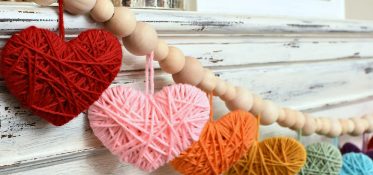There’s certainly a craft revival in full swing as people look for ways to enjoy their time meaningfully, embrace the ‘reduce, reuse, recycle’ mantra, and spend less money on consumer items. But are crafts always a sustainable option? In this blog, we’ll consider whether knitting is as sustainable as it first seems.
What makes sustainable yarn?
One of the most important aspects of sustainable knitting is to use the right type of yarn. The yarns which are sustainable include silk, hemp, bamboo, tencel and organic cotton. Wool is considered to be semi-sustainable and upcycled yarns are all considered to be sustainable, whatever their origin, as they have been recycled.
Non-sustainable yarns include those made with acrylics and polyesters as they have plastic elements. Those made with nylon and synthetic dyes are also non-sustainable.
Ways to make your knitting more sustainable
A good starting point is to use sustainable yarn and upcycled yarns. You can unravel projects and then reuse the wool, for example. You can also choose to buy knitting kits to make your projects as sustainable as possible. This is because knitting kits provide exactly the right quantity of materials for the project so that there isn’t waste to contend with.
Another way to make your knitting sustainable is to choose accessories such as buttons that have been recycled from original sources. You can also buy second-hand knitting needles and other craft components from charity shops, car boot sales and thrift shops. This is a great way to be part of the circular economy and ensure that nothing goes to waste!
Follow these tips to make your knitting more sustainable and to enjoy a wonderful craft and pastime that will bring you plenty of rewards, and the knowledge that you are doing something beneficial for the world you live in.





Average Rating